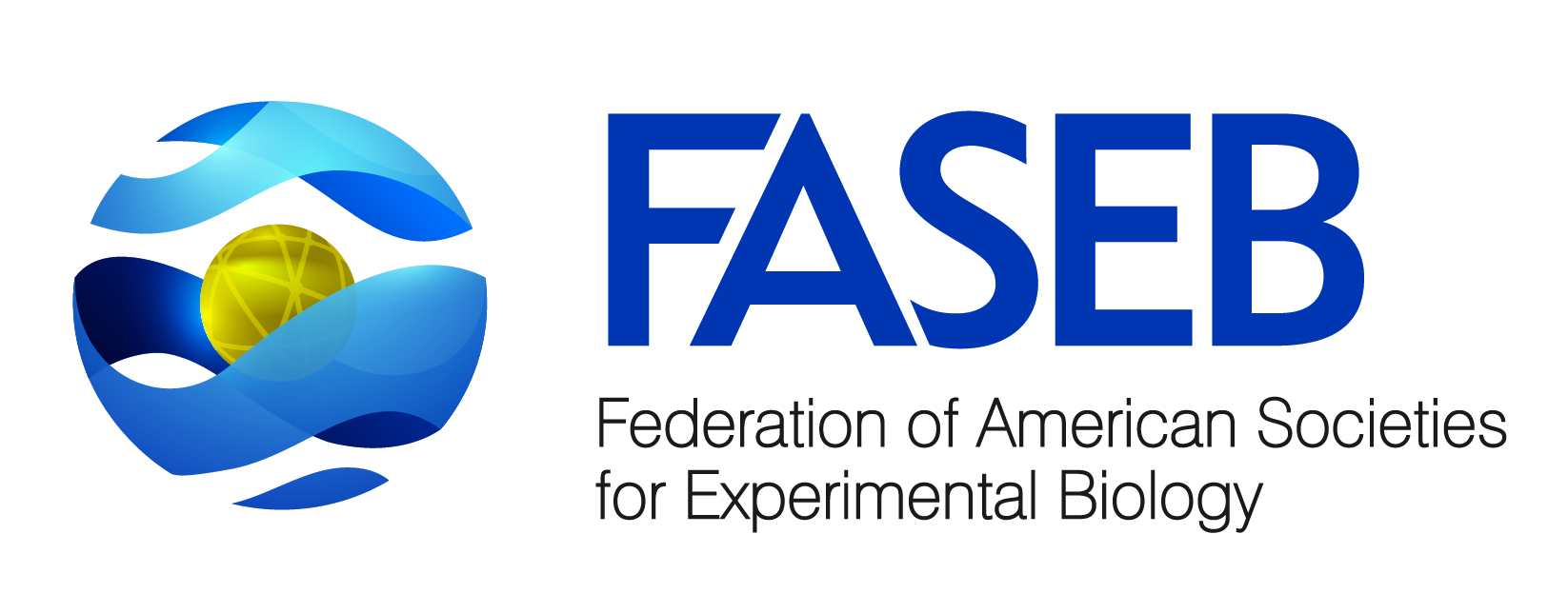Newswise — Ancient mummies, skulls and bones galore—Indiana Jones himself would learn a thing or two at the American Association of Anatomists’ (AAA; www.anatomy.org) Annual Meeting beginning April 24, 2010 in Anaheim. A two-day mini-meeting on the special topic of Biological Anthropology (April 26-27) will include four symposia, a platform session, and a poster session, all designed to shed light on cranial and postcranial functional anatomy, adaptations in soft-tissue anatomy and fossil evidence for human evolution. The meeting is part of the Experimental Biology (EB) conference.
Ancient mummies teach modern doctorsMummified remains bear clues about our past, present and future. By using modern technology such as computed tomography and magnetic resonance imaging, specialists can examine mummified remains without harming the tissue and tell us how people once lived—and died. From the evolution of disease to the cause of death in an ancient murder, Frank Rühli, MD, PhD of the Swiss Mummy Project at the University of Zurich will share the secrets mummies have kept for thousands of years. (Tuesday, April 27)
Getting around, primate-styleHips, knees, shoulders and wrists are for more than dancing. Modern primates use a suite of different locomotor modes to move through their environment. These locomotor repertoires are the result of evolution and can be linked to changes in habitat through time. This session, “Comparative primate anatomy: Recent models for functional adaptation in the postcranial skeleton,” will offer new perspectives on comparative primate anatomy of the postcranial skeleton, emphasizing how living primates use their major joints to navigate through the world. (Monday, April 26)
Something to chew on: Deciphering the evolution of primate craniofacial form Examining how hard and soft tissues in the head adapt to different patterns of chewing is just one way to track the evolution of the skull. This symposium will highlight the advanced techniques physical anthropologists use to analyze the anatomy of primate heads and draw conclusions about function and evolution. (Monday, April 26) What’s new with old bones? The anatomy of human evolutionAnatomic structures preserved in the fossil record document human evolution. This symposium will focus on paleontological research and delve into how the fossil record captures snapshots of evolution through time. Speakers will share the insights they have gained through their field work and cover a broad range of topics, from our earliest ape-like ancestors to hominids such as australopithecines, Homo erectus and Neanderthals. This session will feature Ian Tattersall, PhD, paleoanthropologist and a curator at the American Museum of Natural History in New York. (Tuesday, April 27)
Living primates and their ancestors in the flesh: Comparative soft tissue anatomyThe study of evolutionary history relies heavily on what scientists can learn from bone. However, soft-tissue anatomy can also provide insight on how ancient and extinct primates functioned and adapted. This symposium will include the latest research on soft-tissue anatomy in primates, particularly as it relates to the genus Homo. The session will feature Jeffrey Laitman, PhD, Distinguished Professor and Director of Anatomy and Functional Morphology at the Mount Sinai School of Medicine in New York, who will present “Beyond the Bones: Reconstructing Soft Tissue Anatomy of Our Ancestors.” (Tuesday, April 27)
NOTE TO EDITORS: The symposium is part of the Experimental Biology 2010 conference being held April 24-28, 2010 at the Anaheim Convention Center. To schedule an interview with one of the symposium speakers, please contact Donna Krupa in the newsroom at 714.765.2012, 301.634.7209 (office) or [email protected].
